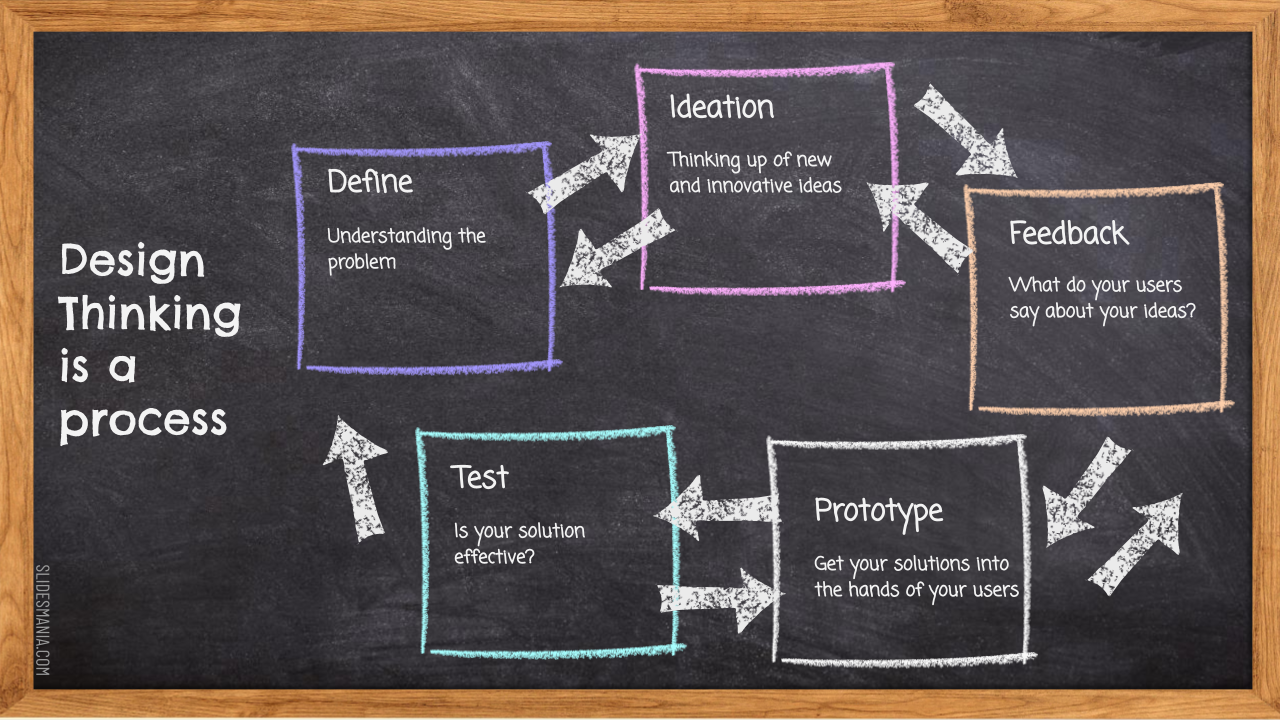By the time students reach high school, they are already being streamed into different academic levels that often limit their full potentials for growth and development. This streaming pathway closes the door of opportunity for many underserved and racialized students. It is important that educators develop multiple entry points, honour different ways of knowing, and provide numerous opportunities for students to experience success in mathematics. When mathematics is introduced as a tool for understanding the world, we are helping to liberate the minds of students and championing the educational goal of creating informed citizens who will contribute to, and participate in, an inclusive and democratic society. An inquiry-based approach to mathematics with a focus on teaching for social justice and equity (which values multiple perspectives, the social construction of knowledge, and interconnects student experience with mathematics) can empower students to develop both mathematical and social/political knowledge.
As an intermediate classroom teacher, as well as a special education teacher, I have learned over the years how to embed culturally relevant and responsive equity and social justice issues into my numeracy program as a form of engaging students and empowering them to understand and confront inequities inside and outside of the classroom. This personal philosophy and teaching pedagogy did not happen overnight or within my first five years of teaching. It really required, from me, a personal philosophical understanding and belief in what it means to educate young minds and to effectively prepare them for the realities of life. Over time, through my experience of navigating the educational system for myself and for the students and families I service in my numerous roles, I began to develop an equity lens approach to my teaching practices. As an avid math enthusiast, I took numerous math AQ courses and got my math specialist. These AQ courses were instrumental in my discovery of the connection between numeracy and equity. I began to see beyond the numbers in teaching mathematics to a place where the numbers themselves took on deeper societal meaning in terms of what they represented, who they represented (or did not represent) and the impact of these numbers on various groups of people within our society. I’m telling you, it was a very enlightening experience for me to reach that level of understanding about mathematical justice. If you have never taken a math AQ course, I implore you to consider taking one for your own personal and professional growth and development.
Where do you begin?
Dr. Bev Caswell who works at the University of Toronto, OISE, developed an inquiry-based Math and STEM social justice program for junior and intermediate students. The Robertson Program focuses on creating a space for student voice and authentic learning experiences in the classroom and out in the community. Furthermore, the lessons incorporate 21st century competencies, universal design of learning, differentiated instruction and culturally relevant and responsive pedagogy. They are also connected to the new Ontario math curriculum and have a cross curricular approach that infuses math, STEM, history and relevant global systemic issues. As a central staff, my role is to build teacher capacity in implementing effective teaching practices in the classroom. This program is something that I recommend to teachers as a supplemental resource to their numeracy program.
Here are some lessons I would like to highlight:
- Historical Figures in One Minute – a lesson for students in grades 4 to 7. This lesson makes convincing arguments and informed decisions regarding the data and graphs collected to discuss why some groups appear to be over-represented while others remain severely under-represented.
- Water Inquiry – a lesson for students in grades 4 to 8. This inquiry-based, water-focused lesson integrates mathematics, environmental science, geography, Indigenous rights, language arts and social justice issues.
- Price Check – a lesson for students in grades 4 to 8. This lesson explores socioeconomic reasons for the price difference in grocery store options in different locations in Canada.
- Milk Bag Project – This is a Google Docs presentation of the lesson for grades 4 to 8 students. This lesson focuses on the City of Toronto’s packaging-reduction bylaws passed in 2008. Students complete a collaborative inquiry on how many plastic bags (from a 4-litre milk plastic bag) it would take to make 10 mats (as described in the lesson).
So what?
Sometimes it can be scary to try something new or to teach in a way that can perhaps seem foreign and unconventional. However, this is exactly why we need to take a social justice and systemic approach to our teaching practices. A social justice approach to teaching mathematics should include equitable and inclusive teaching practices, high expectations for all students, access to rich, rigorous, and culturally relevant mathematics to promote a positive learning environment. To me, the results are more rewarding than the burden of planning, documenting and evaluating. We should feel honoured to be part of the process in which we are helping to build a better future for all by empowering students to understand how to navigate the world around them and how to confront systemic inequities in all aspects of their life.




